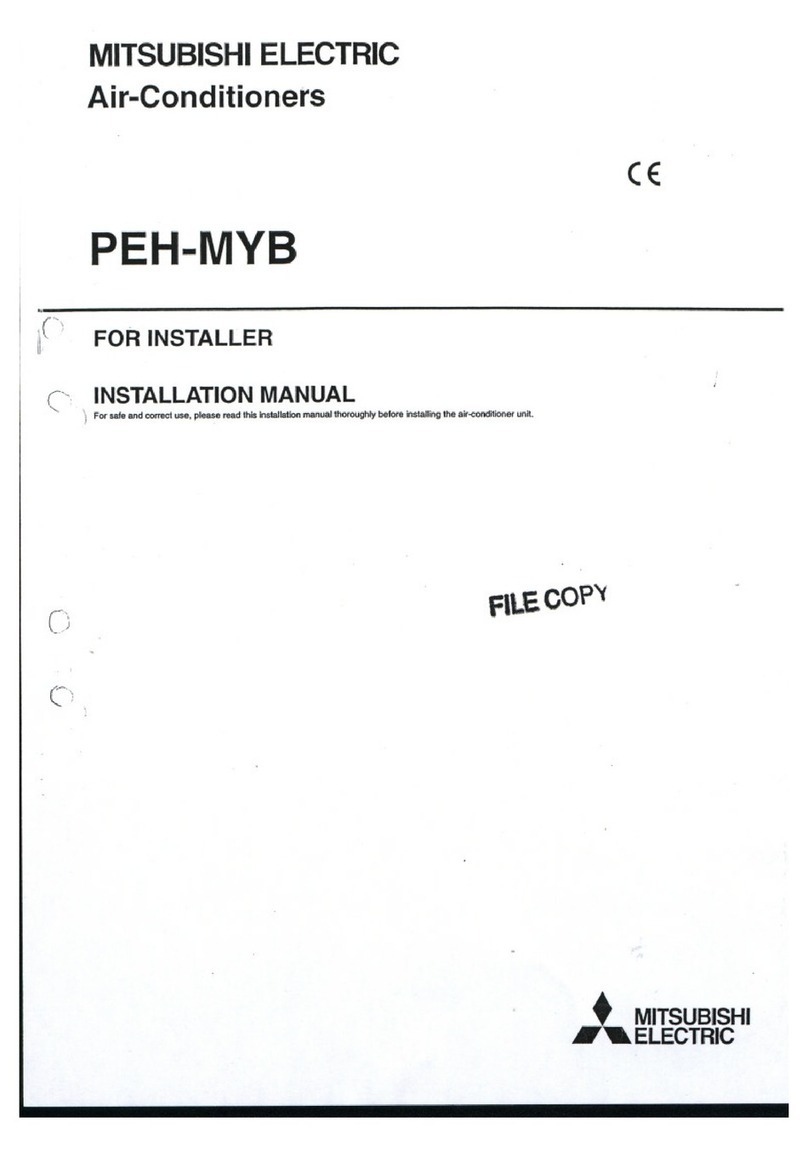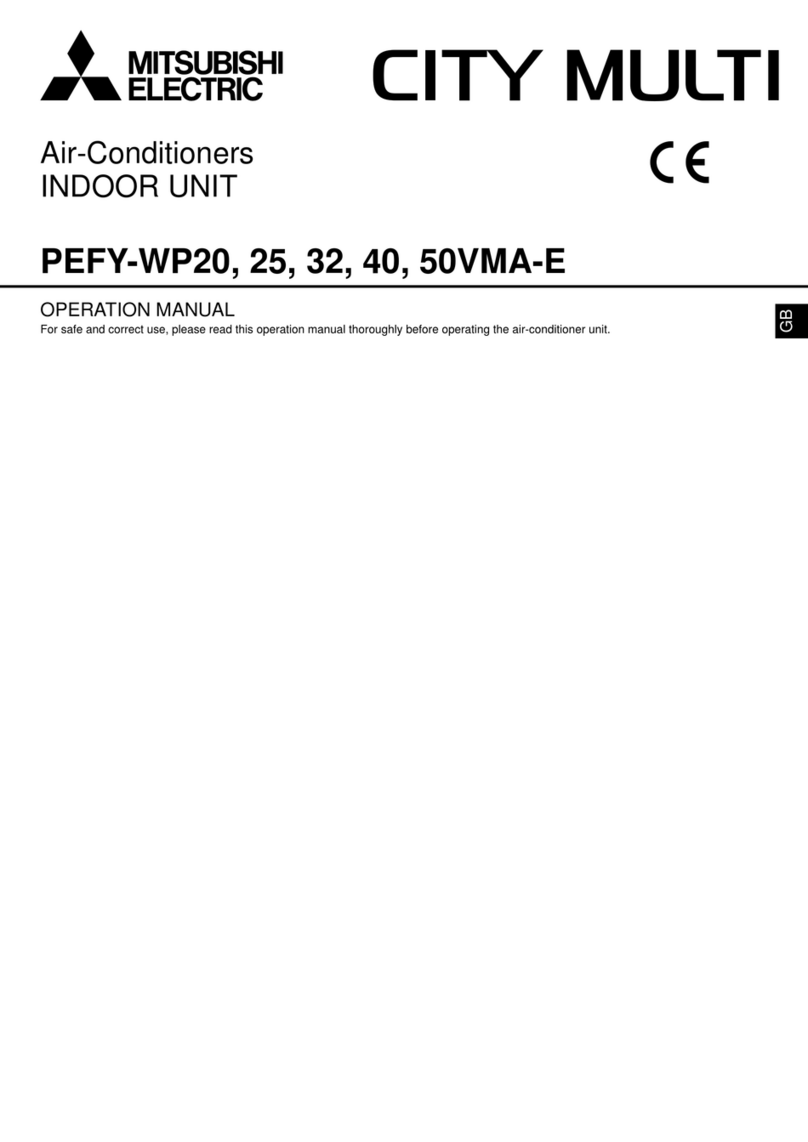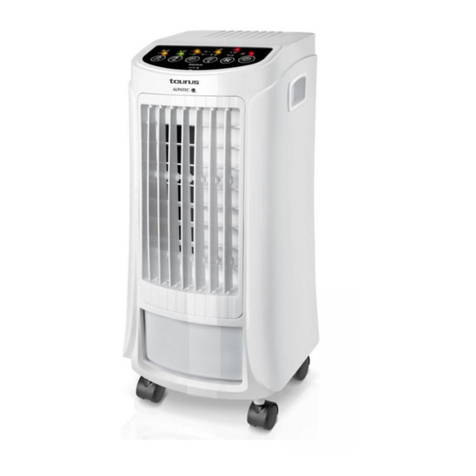Mitsubishi Electric Mr.Slim PEA-A12AA4 Operating manual
Other Mitsubishi Electric Air Conditioner manuals

Mitsubishi Electric
Mitsubishi Electric Lossnay LGH-100RX4-E User manual
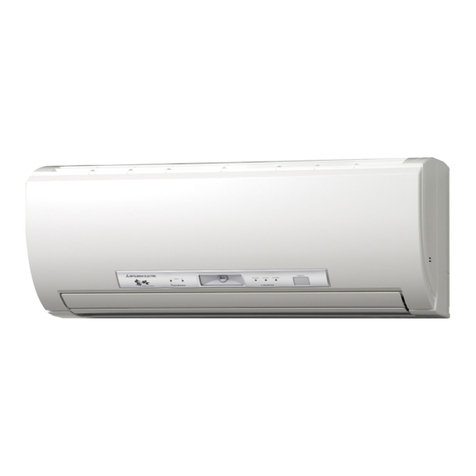
Mitsubishi Electric
Mitsubishi Electric MSZ-FD35VA User manual
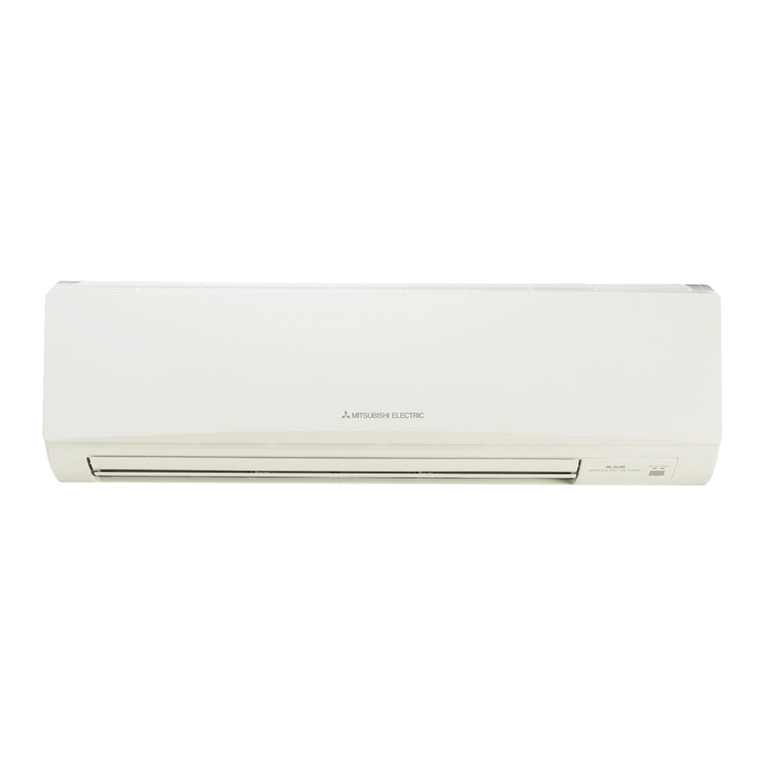
Mitsubishi Electric
Mitsubishi Electric MSZ-D30NA User manual

Mitsubishi Electric
Mitsubishi Electric MXZ-2C30VA User manual

Mitsubishi Electric
Mitsubishi Electric Mr.Slim MSH24WN User manual
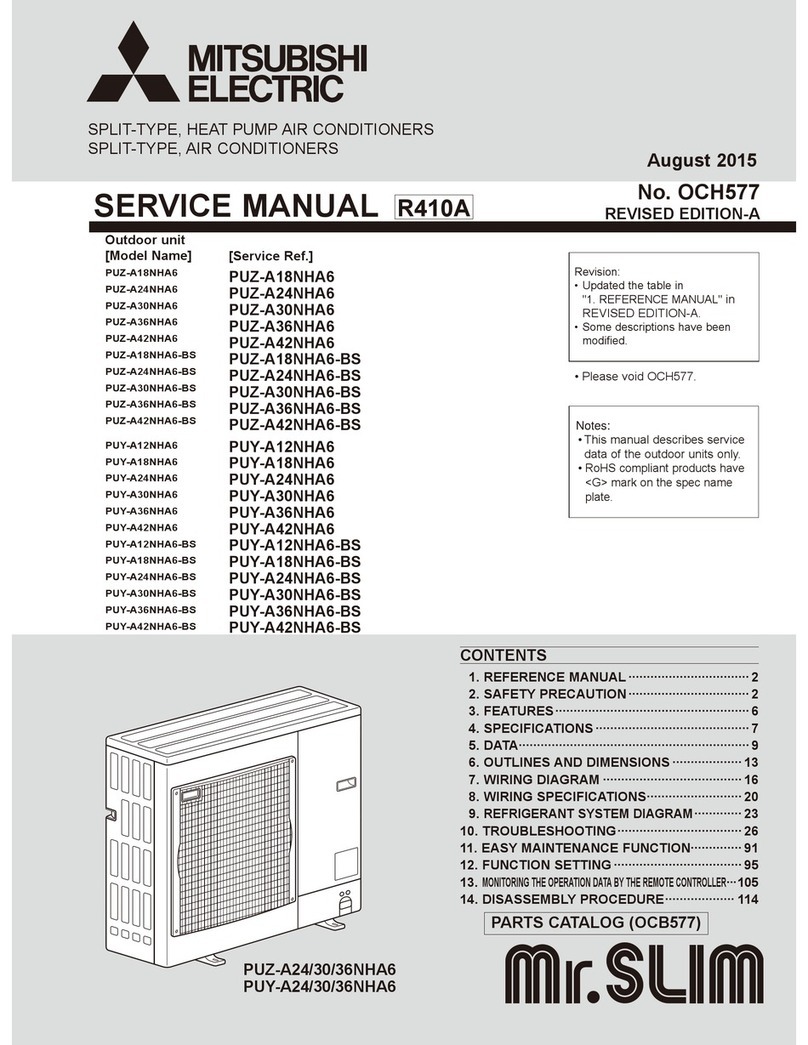
Mitsubishi Electric
Mitsubishi Electric Mr.Slim PUZ-A18NHA6 User manual
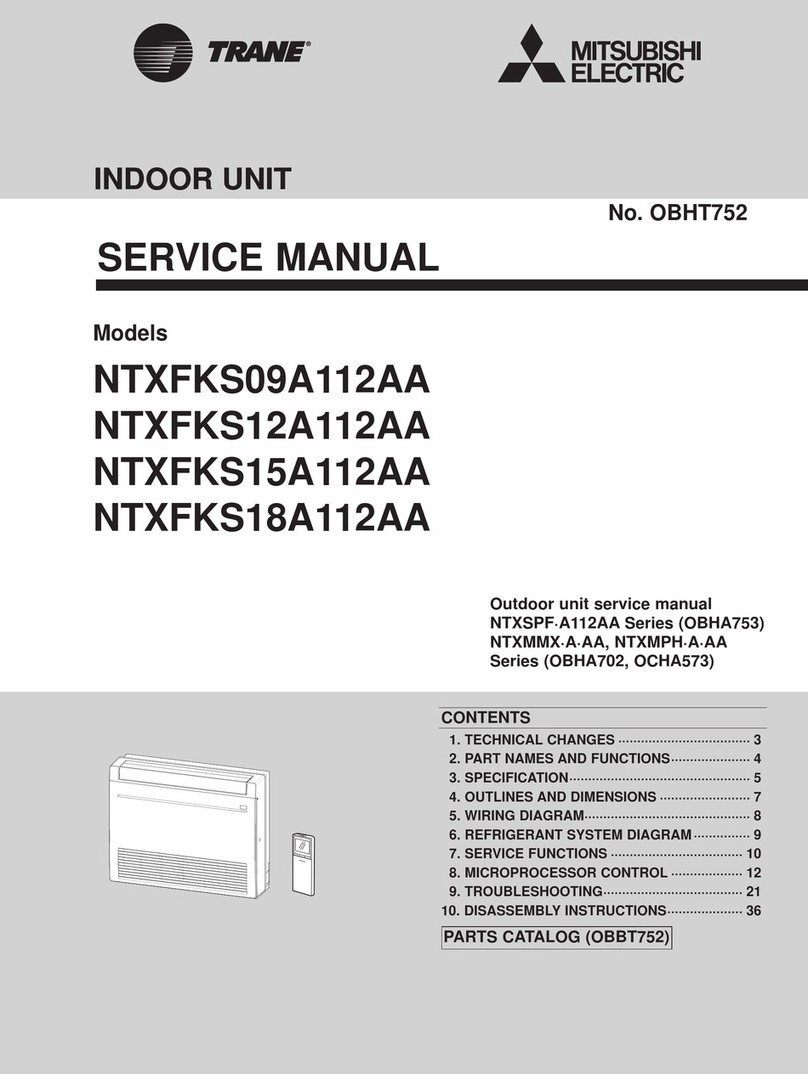
Mitsubishi Electric
Mitsubishi Electric TRANE NTXFKS09A112AA User manual
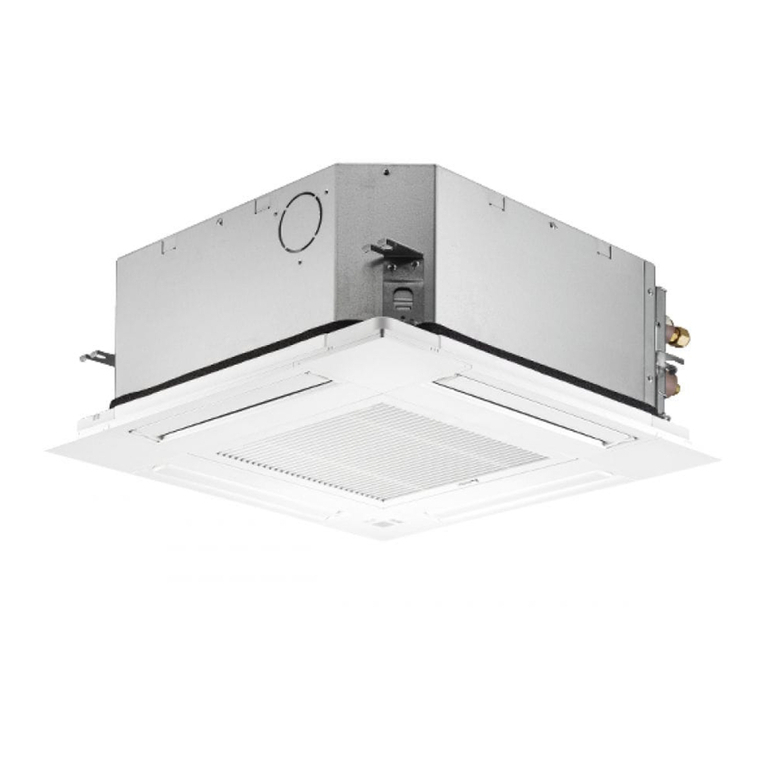
Mitsubishi Electric
Mitsubishi Electric City Multi PLFY-WP VFM-E Series User manual
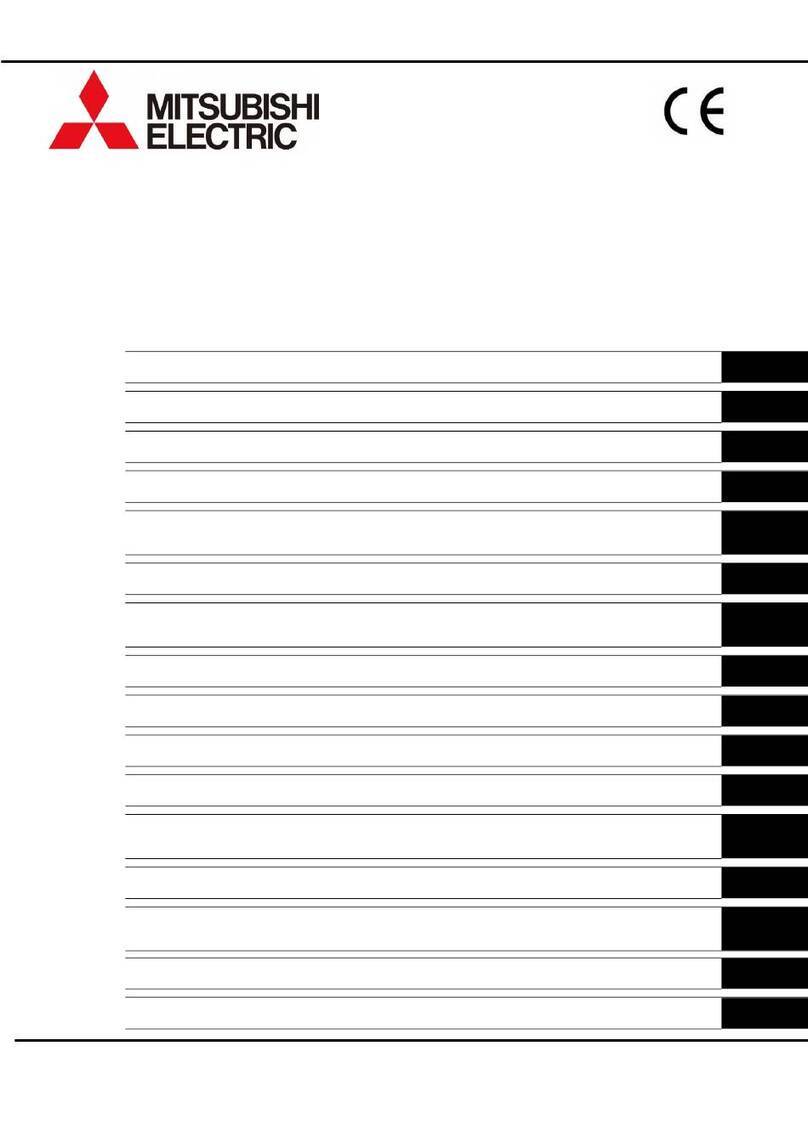
Mitsubishi Electric
Mitsubishi Electric w-MEXT Service manual
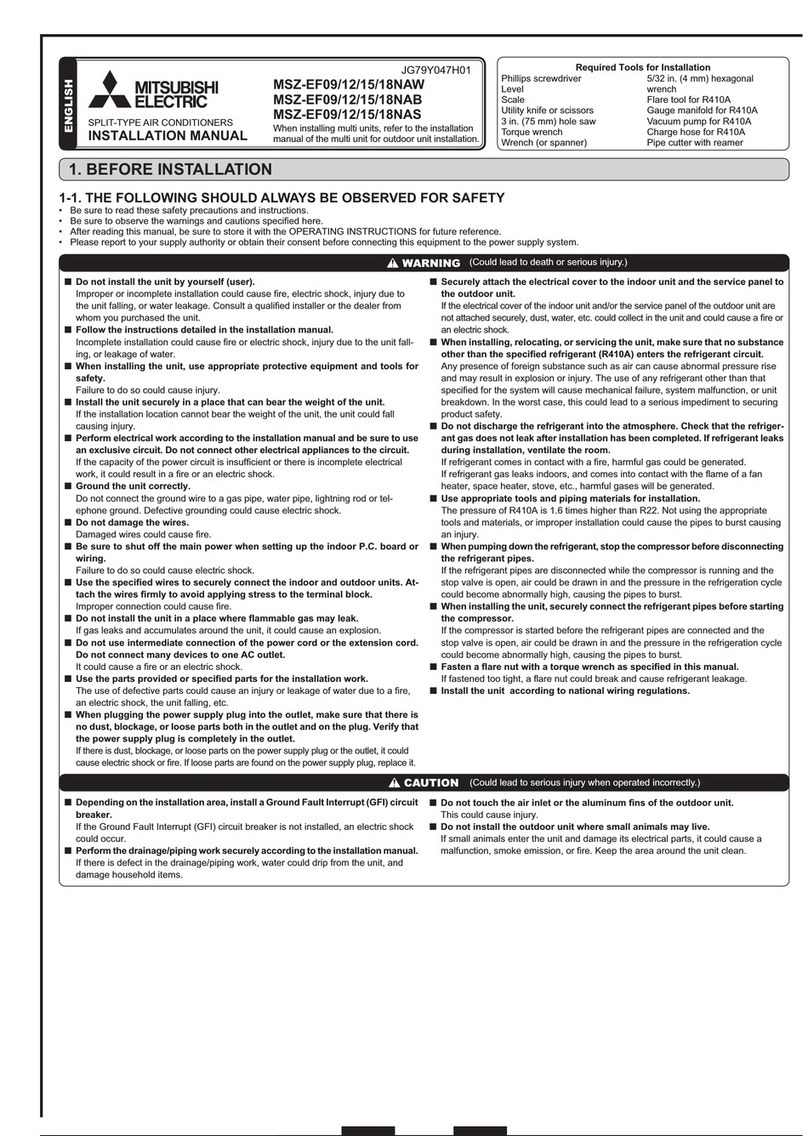
Mitsubishi Electric
Mitsubishi Electric MSZ-EF09NAW User manual
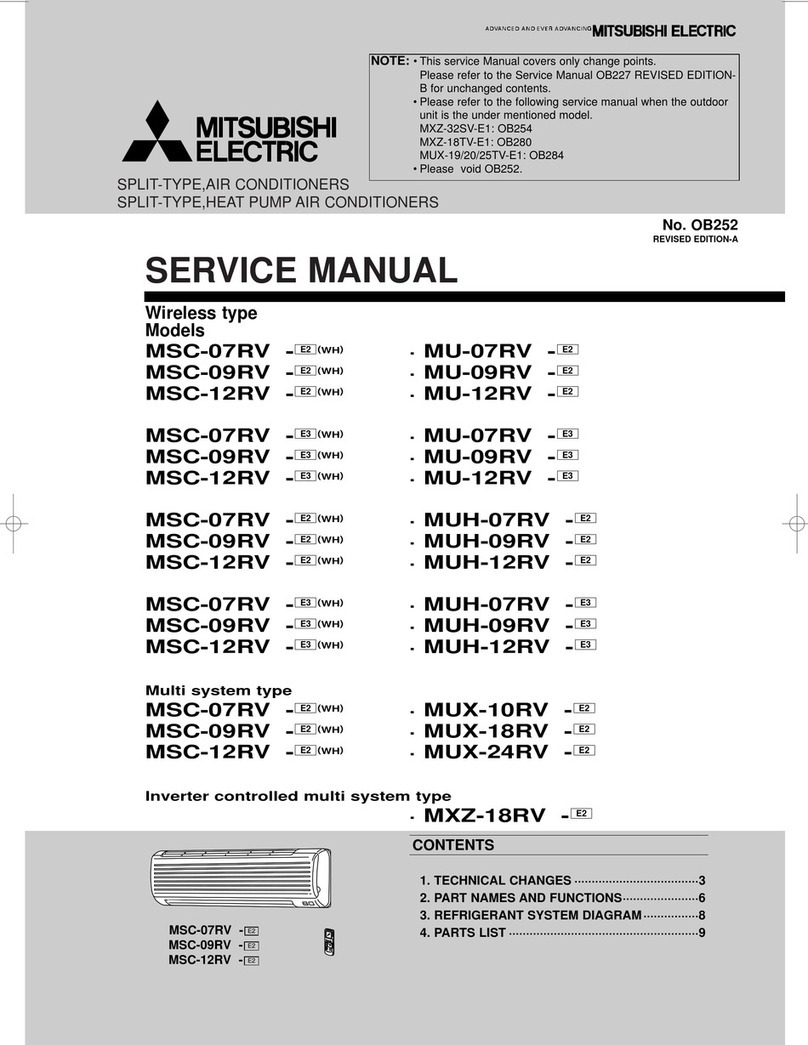
Mitsubishi Electric
Mitsubishi Electric MSC-07RV User manual

Mitsubishi Electric
Mitsubishi Electric MSY-GS24NA User manual

Mitsubishi Electric
Mitsubishi Electric 2.5KKC User manual
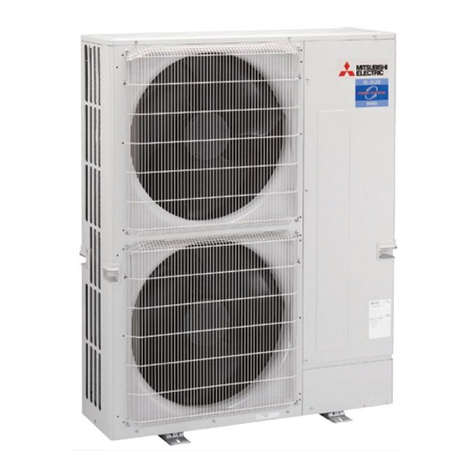
Mitsubishi Electric
Mitsubishi Electric PUHZ-P200YKA2 User manual
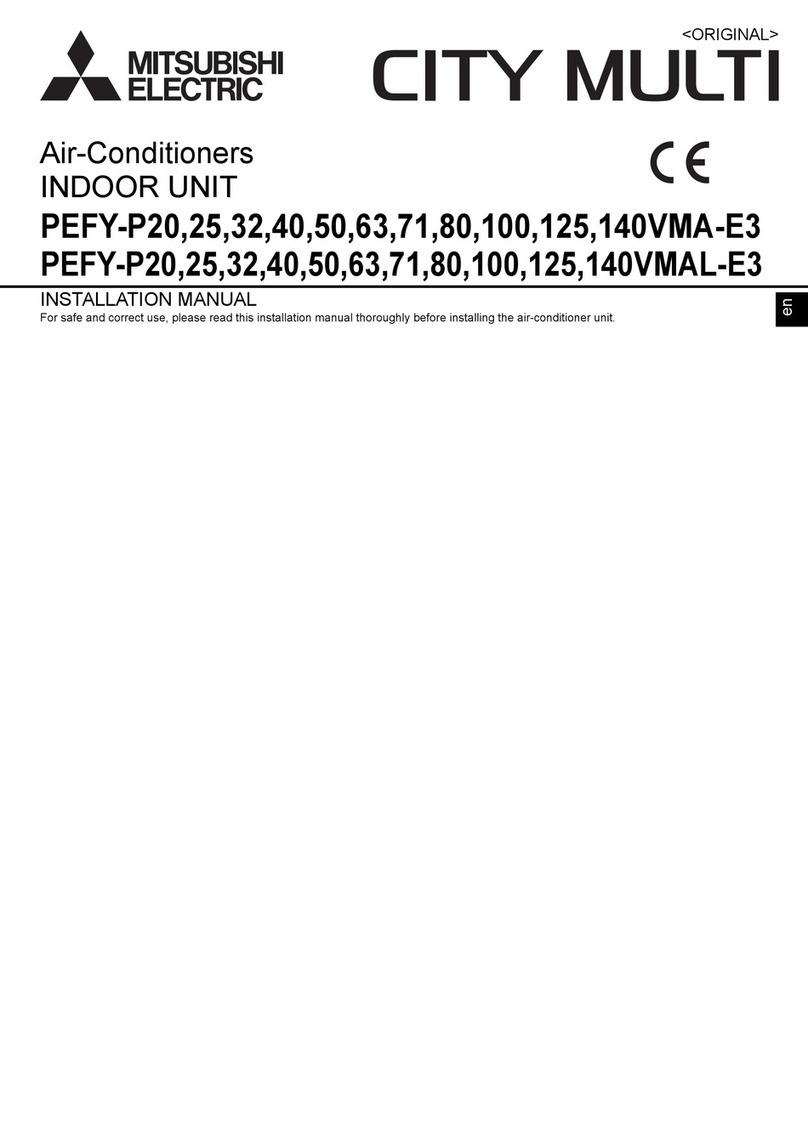
Mitsubishi Electric
Mitsubishi Electric CITY MULTI PEFY-P140VMA-E3 User manual
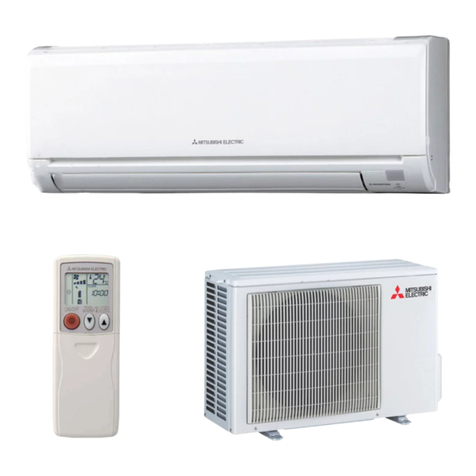
Mitsubishi Electric
Mitsubishi Electric MS-GF20VA-E1 User manual

Mitsubishi Electric
Mitsubishi Electric Mr.SLIM PUHZ-P V Series User manual
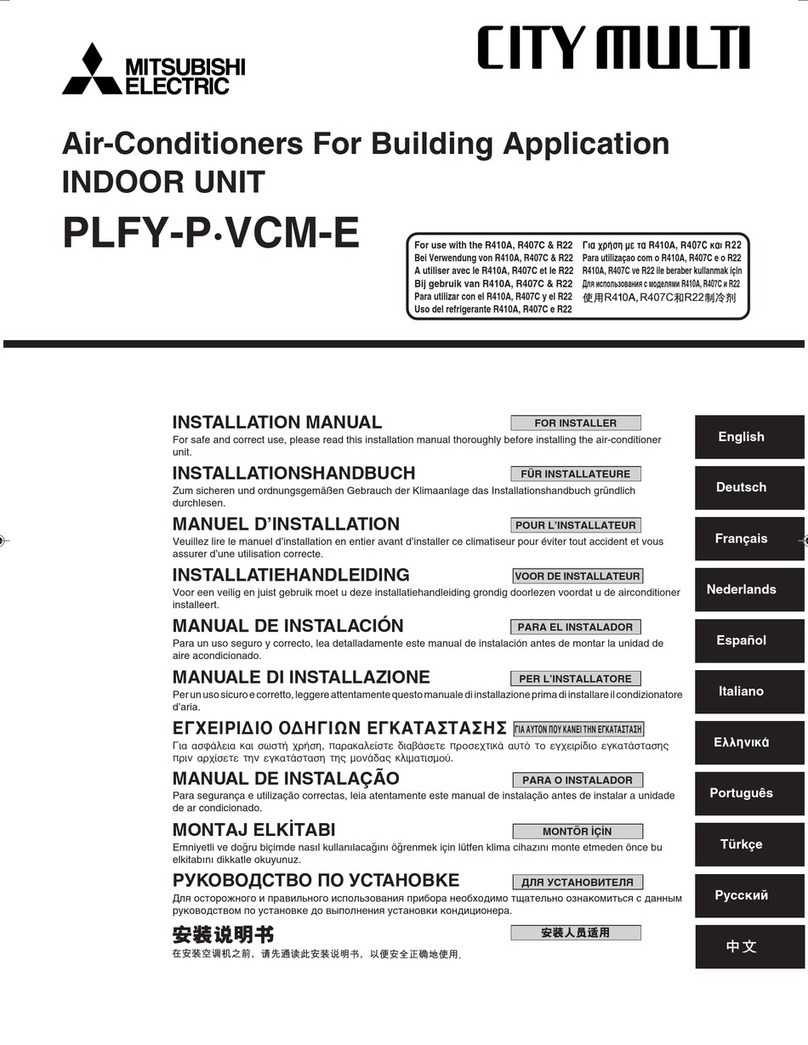
Mitsubishi Electric
Mitsubishi Electric PLFY-P-VCM-E User manual

Mitsubishi Electric
Mitsubishi Electric TRANE CITY MULTI TPKFYP LM140 Series User manual

Mitsubishi Electric
Mitsubishi Electric Mr. SLim PEAD-140JA User manual
Popular Air Conditioner manuals by other brands

Fujitsu
Fujitsu ASYG 09 LLCA installation manual

York
York HVHC 07-12DS Installation & owner's manual

Carrier
Carrier Fan Coil 42B Installation, operation and maintenance manual

intensity
intensity IDUFCI60KC-3 installation manual

Frigidaire
Frigidaire FAC064K7A2 Factory parts catalog

Sanyo
Sanyo KS2432 instruction manual
